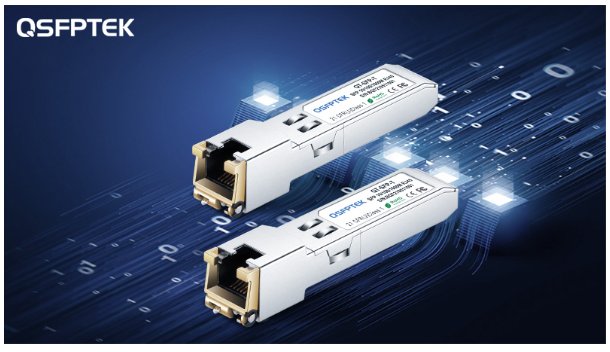An In-Depth Analysis of 10GBASE-T and Optical Module Connectivity Solutions in Data Centers
Table of Contents
Introduction
10GBASE-T is a standard for transmitting data over twisted pair cables at 10 gigabits per second. It is an evolution of the T-carrier system which was initially developed in the 1950s.
10GBASE-T works by using four pairs of wires to transmit data simultaneously. This allows 10GBASE-T to achieve speeds that are twice as fast as 10BASE-T, and four times as fast as 100BASE-TX.
In comparison, optical module connectivity is a type of wired connection that uses light signals to transmit data across cables. Data center network designs are networks where each device has its own dedicated connection to the network backbone so that no single failure can bring down the entire network.

What are the Advantages of Using a 10GBASE-T Wired Connection over an Optical Module?
In this article, we will go over the benefits of using a 10GBASE-T wired connection.
The use of the 10GBASE-T wired connection over an optical module is increasing. This is because of its many advantages over the optical module. The following are some of these advantages.
A 10GBASE-T wired connection is cheaper than an optical module, which makes it a cost-effective solution for companies that need to connect to a network. It also has higher bandwidth and can transmit data at speeds up to 10 gigabits per second. A 10GBASE-T wired connection does not need any special hardware or software for installation, just plug and play!
The first advantage is that 10GBASE-T is a lot more cost-effective than optical modules. Optical modules are expensive and the price can vary depending on the manufacturer. They also require a lot of power to operate which can increase your electric bill. 10GBASE-T does not need any power source to operate and it is cheaper because it doesn’t have any moving parts in it that can break down or wear out over time.
A second advantage of using 10GBASE-T over an optical module is that you don’t have to worry about latency issues when you are transferring data from one device to another. Latency refers to how long it takes data packets.
How Much Of a Difference Can You Expect To See In Actual Data Transfer Speeds Between An Optical Module And A 10Gbase-T Connection?
The 10Gbase-T is a new Ethernet standard that has been developed to meet the needs of data centers. It allows for a more efficient transfer of data between servers and computers. The optical module is a new technology that is being introduced by some companies, but it does not offer the same benefits as 10Gbase-T.
The 10Gbase-T offers much faster speeds than an optical module, which will make it easier to transfer large amounts of data in less time. This will be beneficial for data centers because they will be able to provide better service to their clients.

Conclusion
This article introduces the comparison between 10GBASE-T and 10G optical modules. From this article, we can know that 10GABSE-T can save costs for enterprises and data centers, but the delay of the optical modules is lower. If you want to know more about the 10GBASE-T copper module, please contact QSFPTEK via [email protected]. QSFPTEK provides high-quality and low-price optical modules such as 10GABSE-T and 40GBASE-SR4. Welcome to get a quote!



